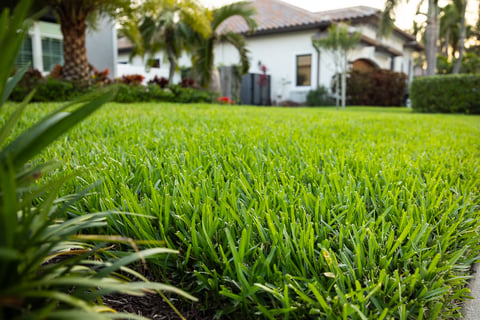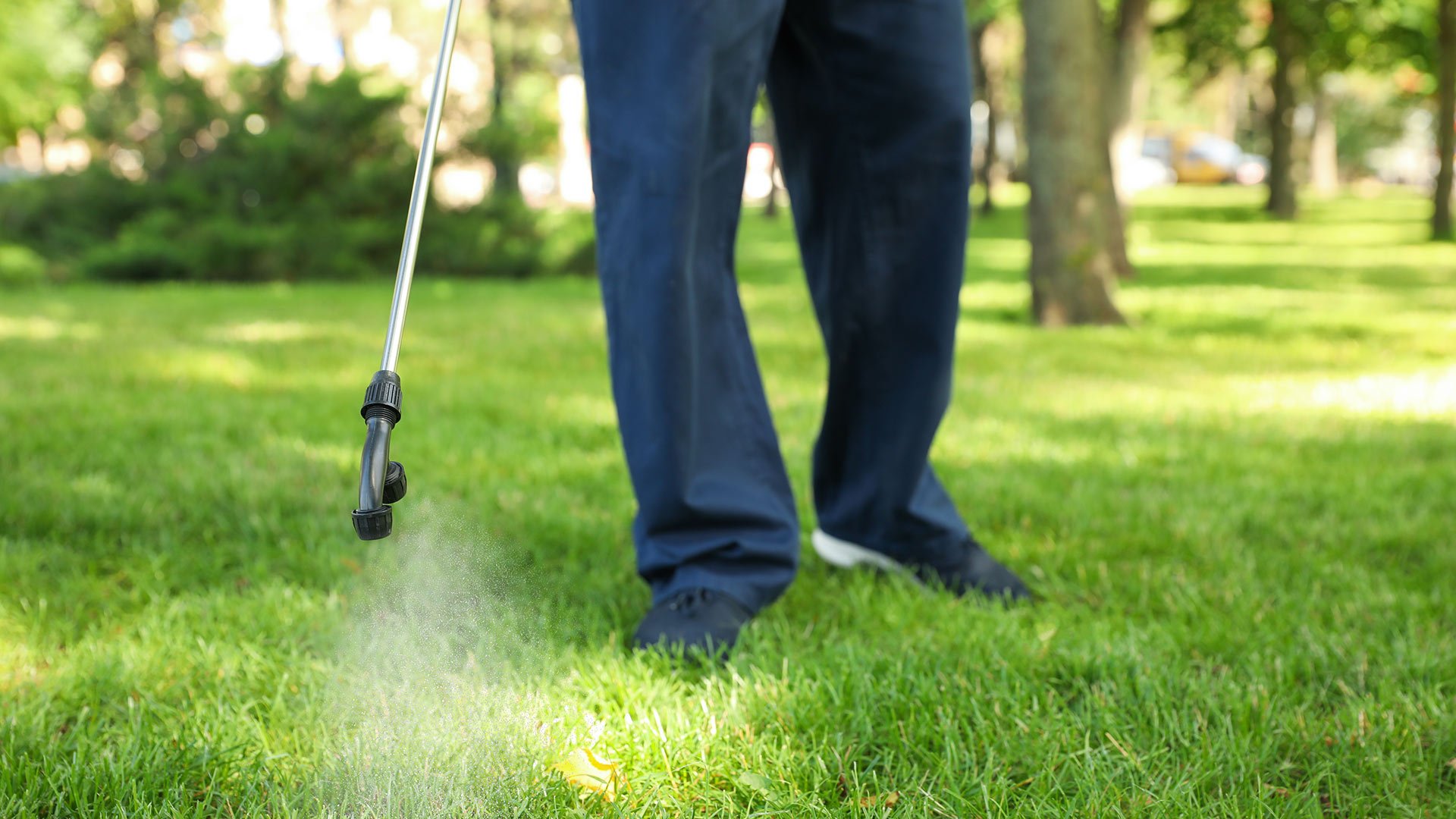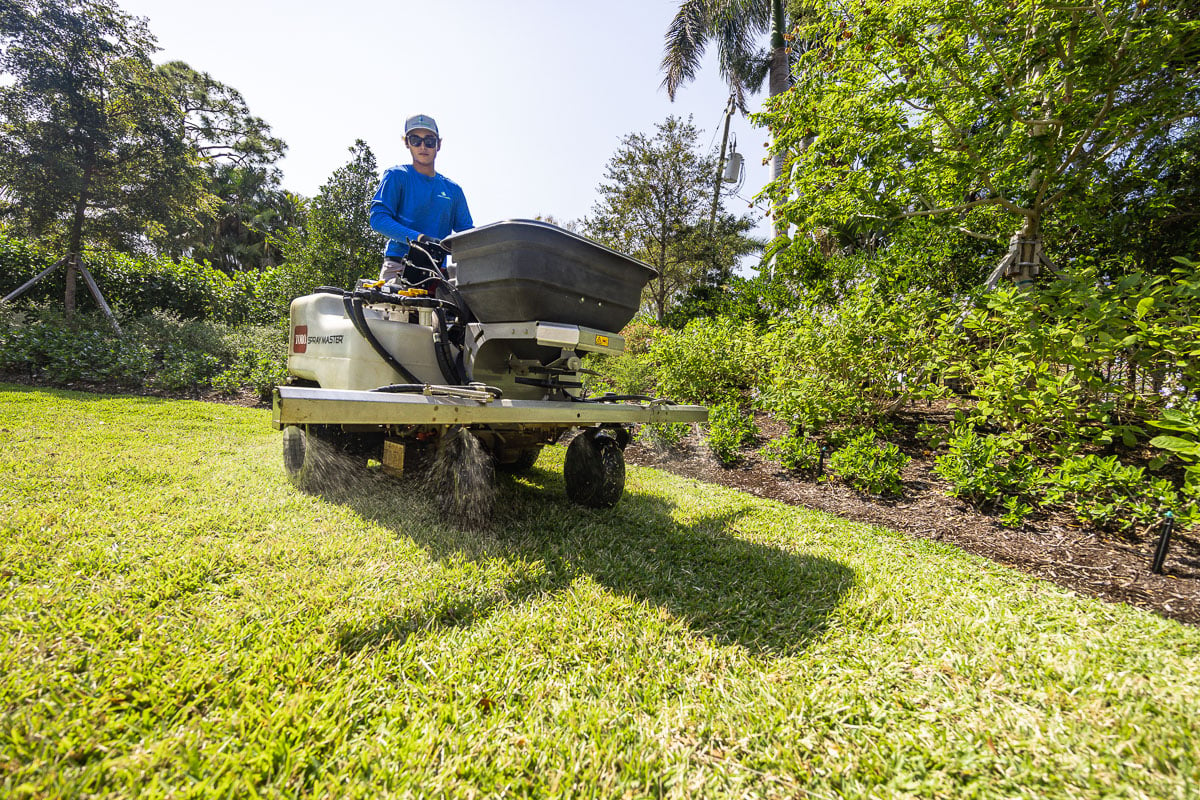


In Sarasota, FL, and nearby areas like Siesta Key and Longboat Key, maintaining a lush, green lawn can feel like a full-time job—especially with weeds like crabgrass taking over. This pesky and resilient weed thrives in Florida’s tropical climate, stealing water, nutrients, and sunlight from your healthy grass. To the untrained eye, crabgrass might seem like harmless green grass, but left unchecked, it can wreak havoc on your lawn.
Crabgrass grows fast, spreads aggressively, and creates bare patches where pests can thrive. Luckily, with the right knowledge and tools, you can identify and control crabgrass effectively to protect your Sarasota lawn year-round.
Crabgrass is an annual weed that grows from seeds each year. It thrives in hot, sunny climates and poor lawn conditions, making Florida lawns particularly vulnerable.

What makes crabgrass so invasive? Each plant can produce up to 150,000 seeds in a single season, and these seeds can remain dormant for years until conditions are ideal. Crabgrass thrives in bare spots, compacted soil, and poorly maintained lawns, where it easily outcompetes healthy grass for space and nutrients.
Spotting crabgrass early is essential to preventing it from spreading. Here’s what to look for:
If you’re unsure whether a patch of grass is crabgrass, look for these tell-tale signs and take action early.
Florida’s unique climate gives crabgrass a serious advantage. The combination of heat, rainfall, and dry-season stress creates the perfect conditions for this weed to thrive.
By fall, crabgrass dies off, leaving unsightly patches and dropping seeds that ensure a fresh crop next season.
Controlling crabgrass requires a combination of prevention and targeted action. Here’s how Sarasota homeowners can fight back:
The key to controlling crabgrass is to stop it before it sprouts. Apply a pre-emergent herbicide in early spring, when soil temperatures are just below 50°F. These products create a barrier that prevents seeds from germinating and sprouting.

For Sarasota lawns, timing is everything. Aim to apply your herbicide by late March to early April for the best results. Use a granular product and follow all application instructions carefully to avoid damaging your lawn.
Healthy lawns are the best defense against weeds like crabgrass. Here’s how to strengthen your lawn:
To keep crabgrass at bay year-round, integrate these strategies into your lawn care routine:
Consistent lawn maintenance is key to reducing crabgrass growth and keeping your lawn lush and healthy.
Crabgrass is stubborn, and even with proper care, it can return. That’s why ongoing management is essential. Regular mowing, watering, fertilizing, and periodic herbicide applications can help you stay ahead of the problem.

For homeowners who don’t want to deal with brown patches in winter, consider planting annual ryegrass in fall. It keeps your lawn green while preventing crabgrass from gaining ground.
If crabgrass has taken over your lawn, it’s time to call in the experts. At Tropical Gardens Landscape, we specialize in targeted crabgrass control and comprehensive lawn care solutions tailored to Sarasota’s unique climate.
Our team can:
Crabgrass doesn’t have to ruin the beauty of your Sarasota lawn. With the right strategies and professional support, you can enjoy a healthy, weed-free lawn year-round. Whether you’re tackling a few patches or an overwhelming infestation, Tropical Gardens Landscape is here to help.
Call us today at (941) 231-7027 or fill out our get started form!